Ghost of Tsushima Combat Strategies
26-05-2024
Ghost of Tsushima, developed by Sucker Punch Productions, offers a deeply engaging samurai experience set in the beautiful yet war-torn Tsushima Island during the first Mongol invasion of Japan in 1274. The game stands out not just for its breathtaking visuals and compelling narrative, but also for its intricate and realistic combat system. This system challenges players to master the way of the samurai through various techniques and strategies. As Jin Sakai, the protagonist, you are thrust into the chaos of war. However, the path leads also to personal discovery and the evolution of fighting techniques that can shift the tides of confrontation.
Understanding Basic Combat Mechanics
In Ghost of Tsunami, combat is about precision and timing. Each enemy type presents unique challenges that require different strategies. The fundamental mechanics revolve around four different stances—Stone, Water, Wind, and Moon—each effective against specific enemy types. Mastery of switching between these stances in the heat of battle is crucial. Besides stance management, you must also learn to parry, dodge, and utilize Jin’s Ghost weapons effectively. Efficient use of these techniques opens enemies to lethal attacks, crucial for overcoming larger enemy groups.
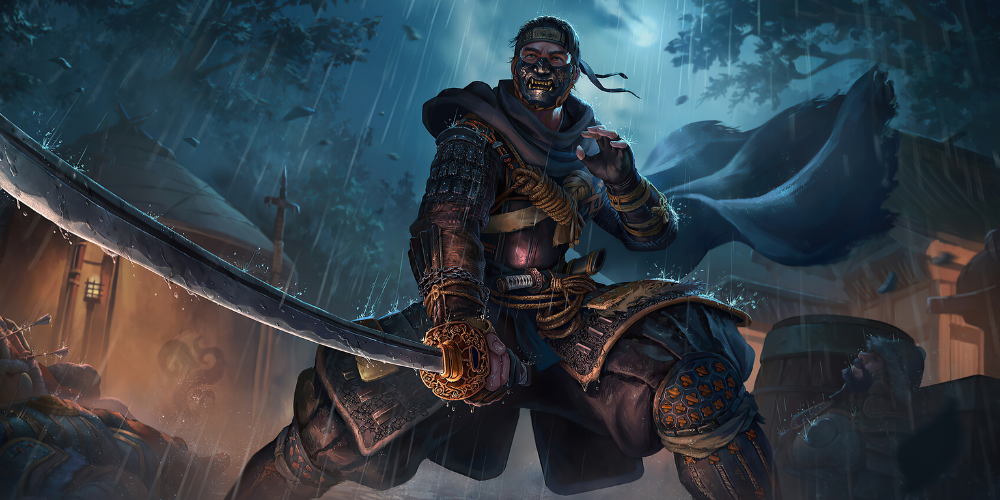
Developing Advanced Techniques
Beyond the basics, advanced techniques in Ghost of Tsushima involve managing Resolve, a resource used to heal or perform devastating special attacks. Successful combat engagements often hinge on how well one can manage Resolve to utilize these high-impact skills when most needed. Furthermore, stealth tactics, although optional, can provide strategic advantages by thinning enemy numbers or taking out key targets silently before engaging in open combat.
Strategic Use of the Environment
The beautifully crafted environments of Tsushima are not just for aesthetics; they can also be tactical advantages during combat. From using fog to conceal movements, leveraging elevated positions, or manipulating elements such whenever possible, understanding the terrain can be as vital as mastering the sword.
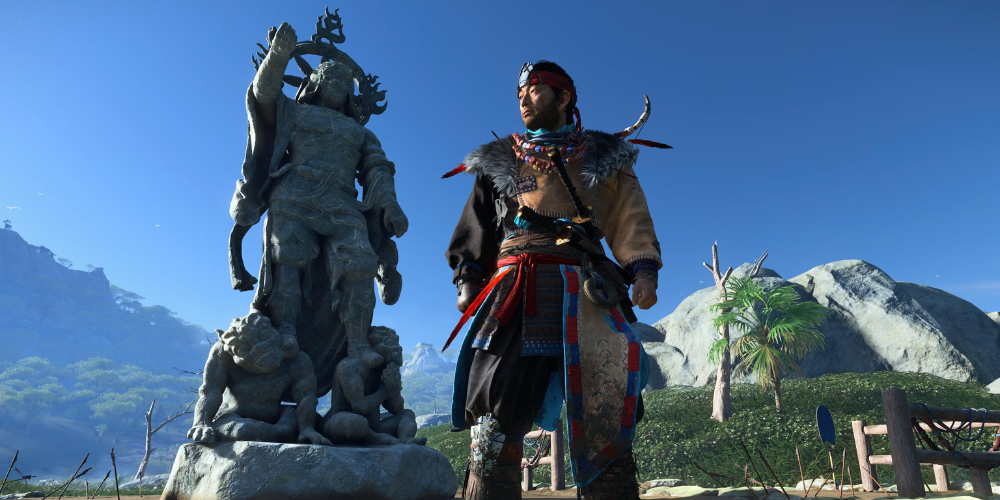
Enemy Archetypes and Strategies
Each enemy type requires a different approach. For instance, shielded enemies are best tackled with the Water Stance, while brutes find their match in the Moon Stance. Archers, though seemingly less threatening in close range, can be lethal if left unchecked in greater numbers or coupled with more robust frontline foes.
Exploiting Combat Flaws and Enemy Weaknesses
Despite its polish, Ghost of Tsushima's AI does have exploitable patterns. Enemies often telegraph their attacks, providing a window to counter if one is quick and observant. Understanding and anticipating these patterns, while minimizing your predictability, will help in maintaining the upper hand in battles. Recognizing the right moment to switch between offense and defense based on enemy cues is key to mastering the combat.
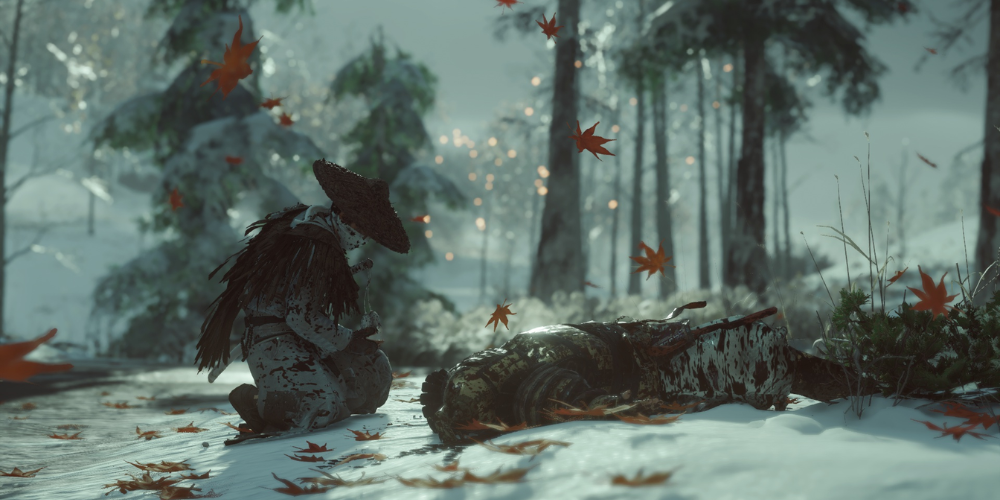
Integrating Ghost Weapons and Tools
Ghost weapons, like smoke bombs and kunai, add layers to the strategic combat. Employing these tools can disrupt enemy formations, making them susceptible to follow-up attacks or allowing for strategic retreats. Timing and selection of these tools based on the combat scenario can dictate the flow of battle.
Tips for Dual and Group Combat Scenarios
Combat in Ghost of Tsushima can range from one-on-one standoffs to challenging encounters against multiple adversaries. In duels, focus on reading your opponent’s moves and countering appropriately. In contrast, group battles demand effective crowd control, situative awareness, and exploiting environmental elements.
Perfecting the Art of the Standoff
Standoffs are not just visually striking but also an opportunity to take out enemies quickly at the start of a confrontation. Perfecting the timing of your first strike in these high-stress moments is vital.
Maintaining Combat Flow and Rhythm
The fluidity of combat in Ghost of Tsushima is one of its hallmarks. Establishing a rhythm in battles, shifting smoothly between aggressive attacks and defensive maneuvers while managing your Resolve, ensures sustained efficiency and lethal prowess.
Understanding Narrative and Character Development Through Combat
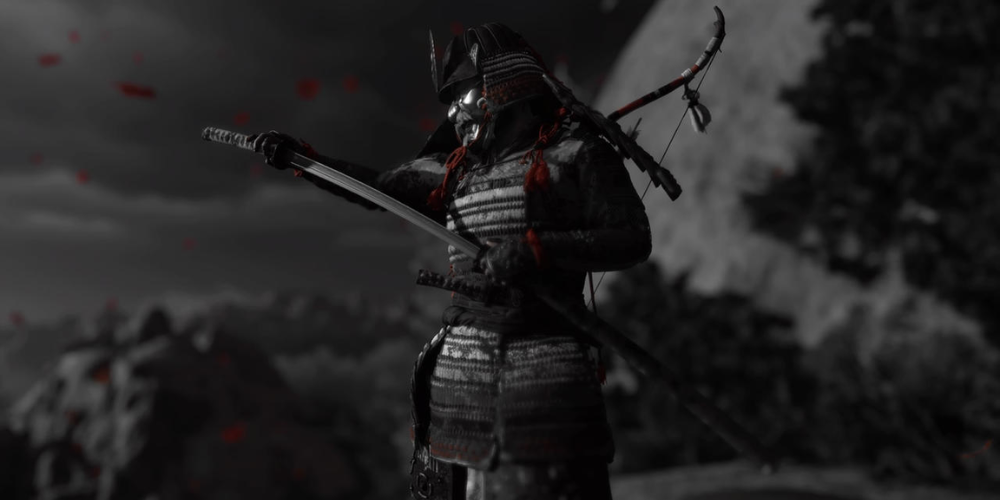
The combat in Ghost of Tsushima is intertwined with Jin’s narrative arc of transformation from a traditional samurai to the Ghost. Each conflict, each battle teaches something new, aligning closely with the thematic elements of honor, sacrifice, and the clash between traditional samurai tactics and unconventional warfare.
Emotional Impact of Combat
The emotional weight of Jin’s journey is felt through combat. Each duel isn’t just a battle for survival but a step towards internal and external conflict resolution, reflecting the game's deep narrative immersion.
Conclusion and Final Thoughts
Mastering combat in Ghost of Tsushima is fulfilling and mirrors the artistic journey of Jin himself. Whether through the serene precision of a well-timed parry or the chaotic thrill of a desperate last stand, the combat system offers a profound experience that is as strategic as it is cinematic. With patience and practice, you will not only conquer Tsushima’s invaders but also grasp the art of the samurai.
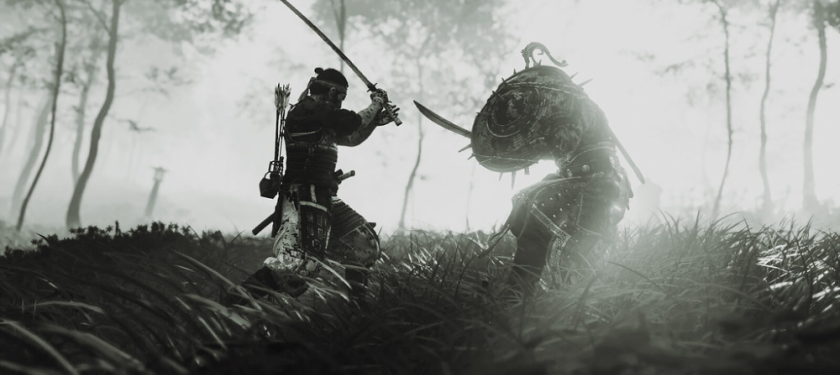











Leave a comment
Your comment is awaiting moderation. We save your draft here
0 Comments